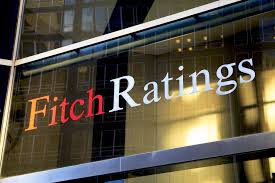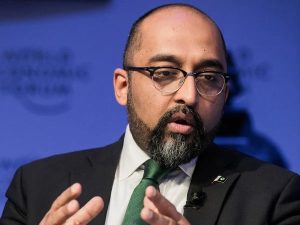Fitch Ratings has projected a decline in inflation and interest rate in Pakistan for the fiscal year 2024-25, following the recently presented federal budget. The rating agency expects inflation to remain at 12% as the country grapples with an economic crisis.
Last week, the State Bank of Pakistan (SBP) reduced its key interest rate by 150 basis points to 20.5%, the first cut in nearly four years, aiming to boost growth amid a sharp decline in retail inflation. This decision came after data revealed that inflation had slowed to a 30-month low of 11.8% in May.
Fitch Ratings noted that government debt is expected to decline to 68% of GDP by the end of FY24 due to high inflation and deflator effects, which will offset rising domestic interest rate. They anticipate that inflation and interest costs will decrease together, with economic growth and primary surpluses gradually lowering the government debt-to-GDP ratio. The agency also forecast a policy rate of 16% for FY25.
Fitch praised the “ambitious FY25 budget” for strengthening Pakistan’s prospects of securing a bailout agreement with the International Monetary Fund (IMF). Although there are doubts about meeting the government’s fiscal targets, Fitch predicted a reduction in the fiscal deficit even if the budget is only partially implemented. They cautioned that tight policy settings could depress growth more than the government anticipates.
The growth rate is expected to remain at 3% in FY25, despite some improvements in short-term economic activity indicators. Pakistan’s external position has improved since February’s election, with the current account deficit projected to narrow to 0.3% of GDP (USD 1 billion) in FY24, down from 1.0% in FY23. Subdued domestic demand has compressed imports, and exchange rate reforms have attracted remittance inflows back to the official banking system.
Fitch also expressed optimism about the economic situation, highlighting strong agricultural exports. The country’s gross reserves, including gold, now stand at USD 15.1 billion—over two months of external payments—up from USD 9.6 billion at the end of FY23.













